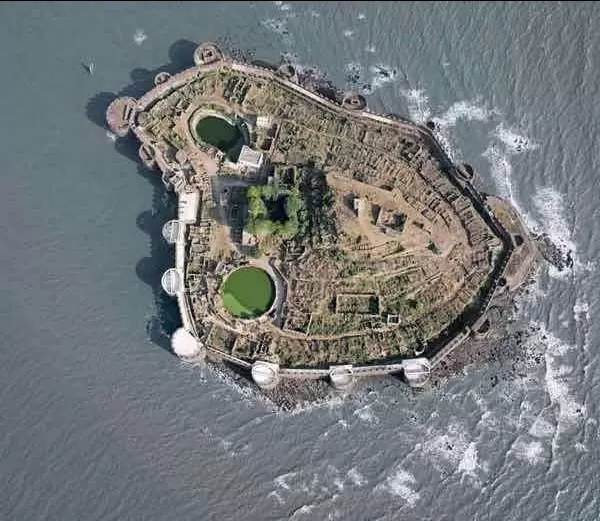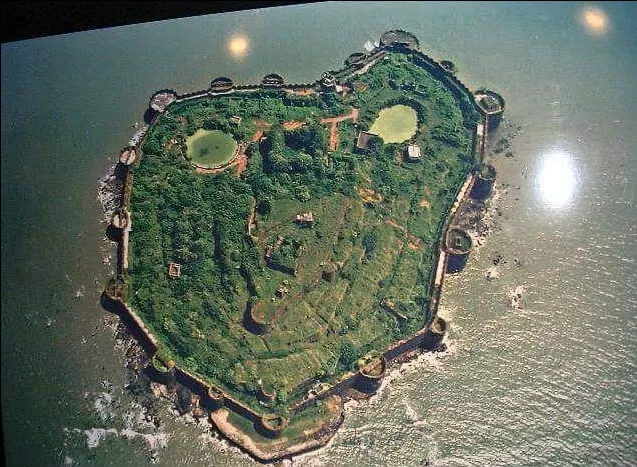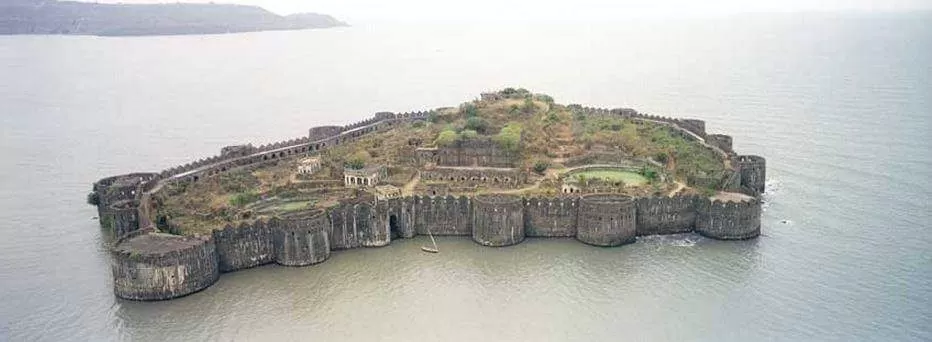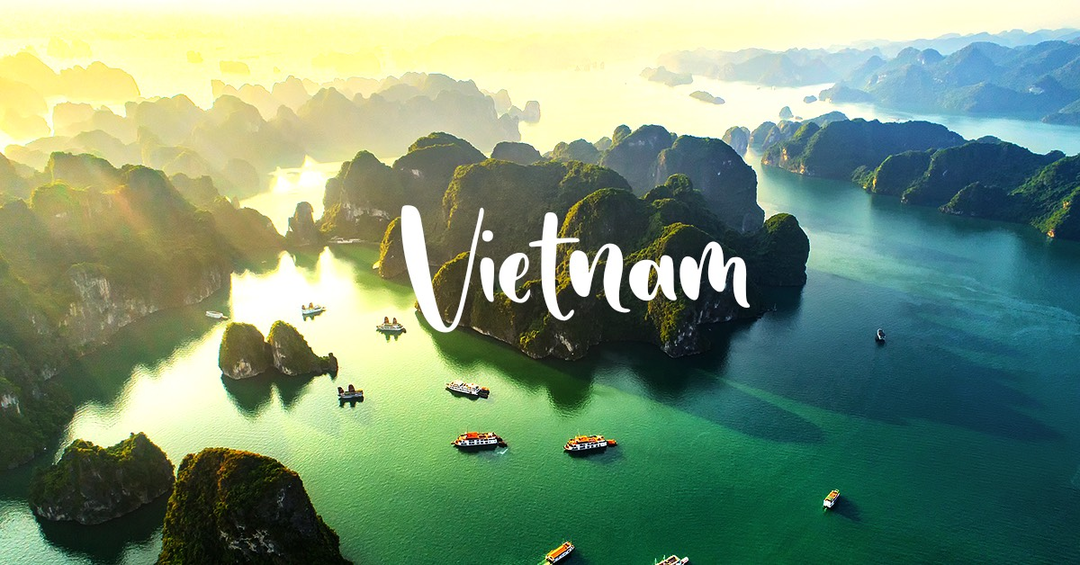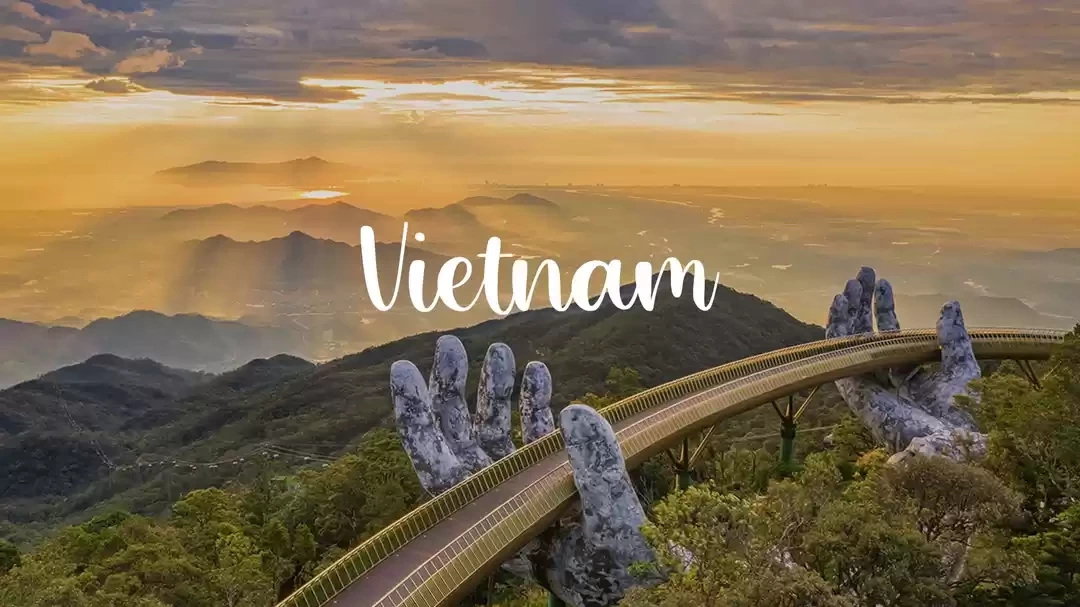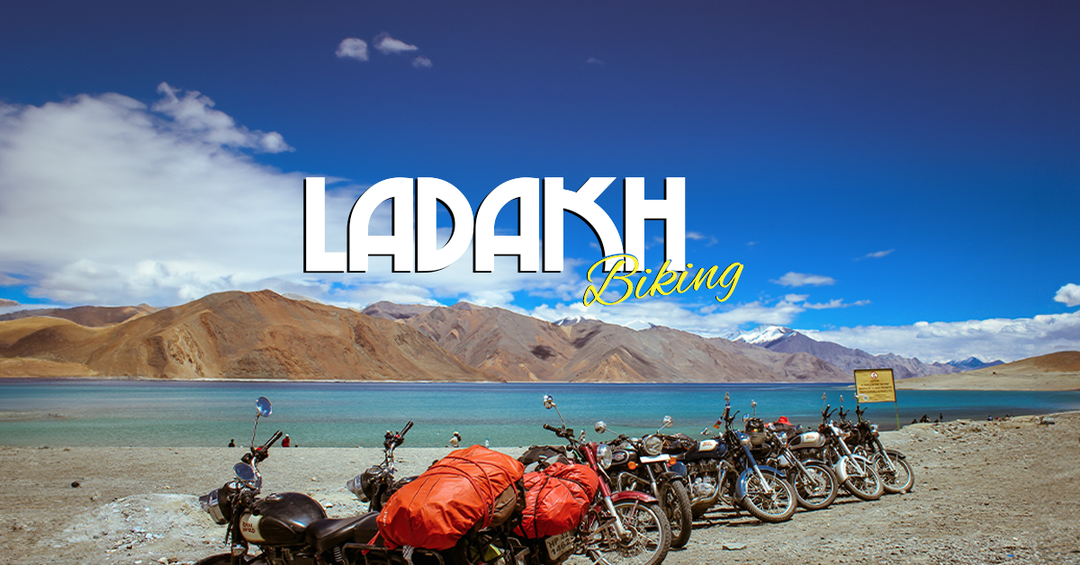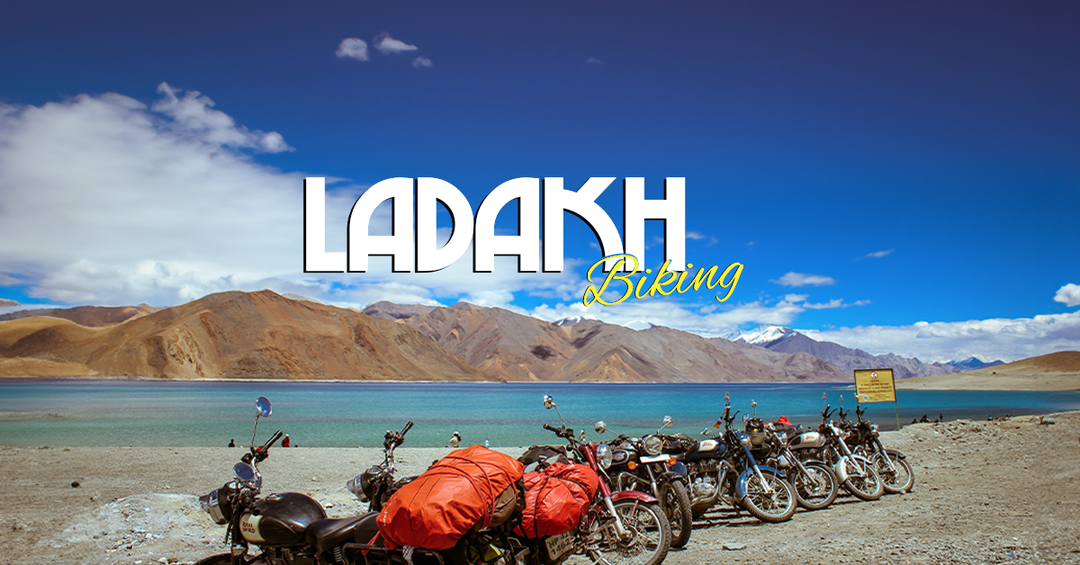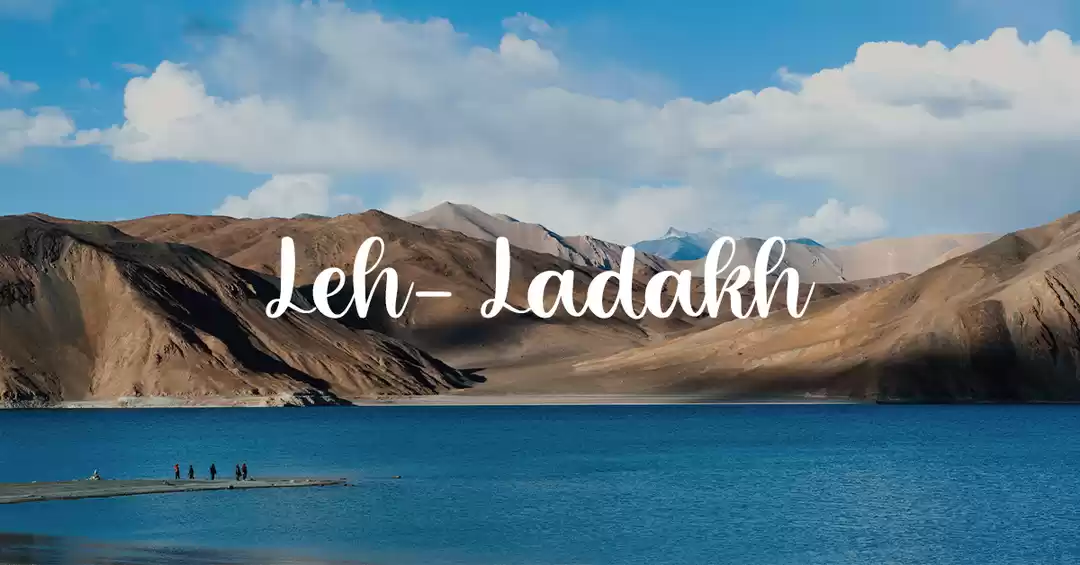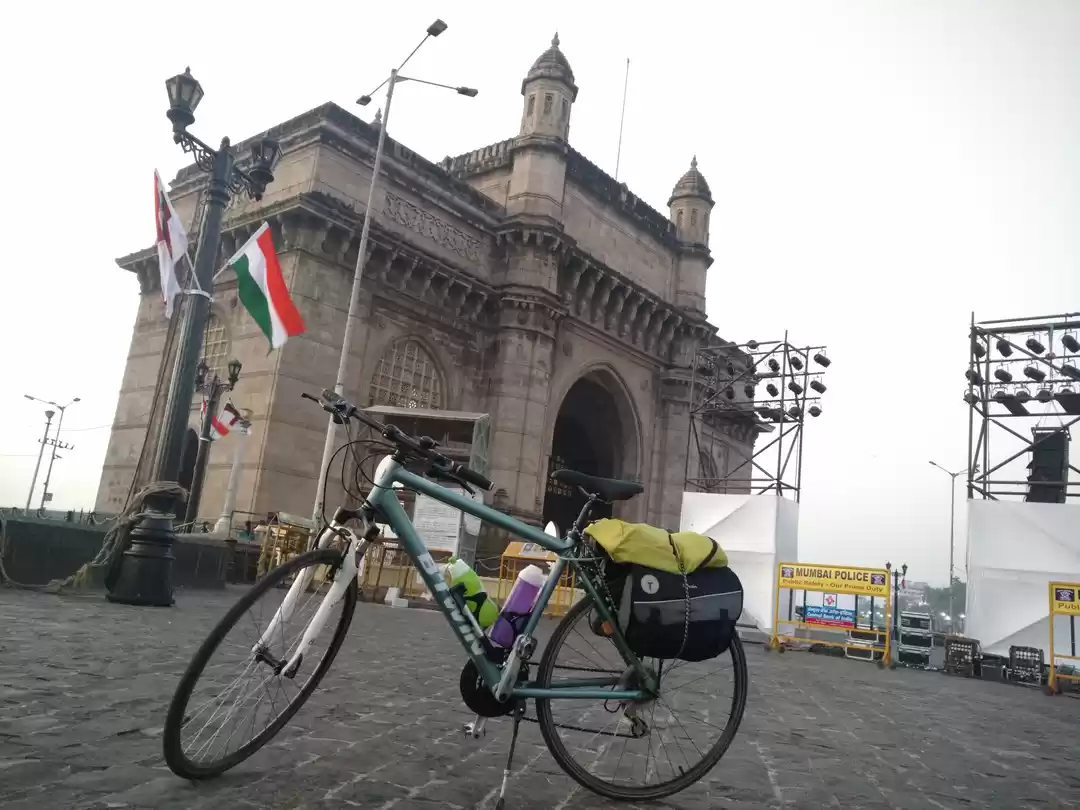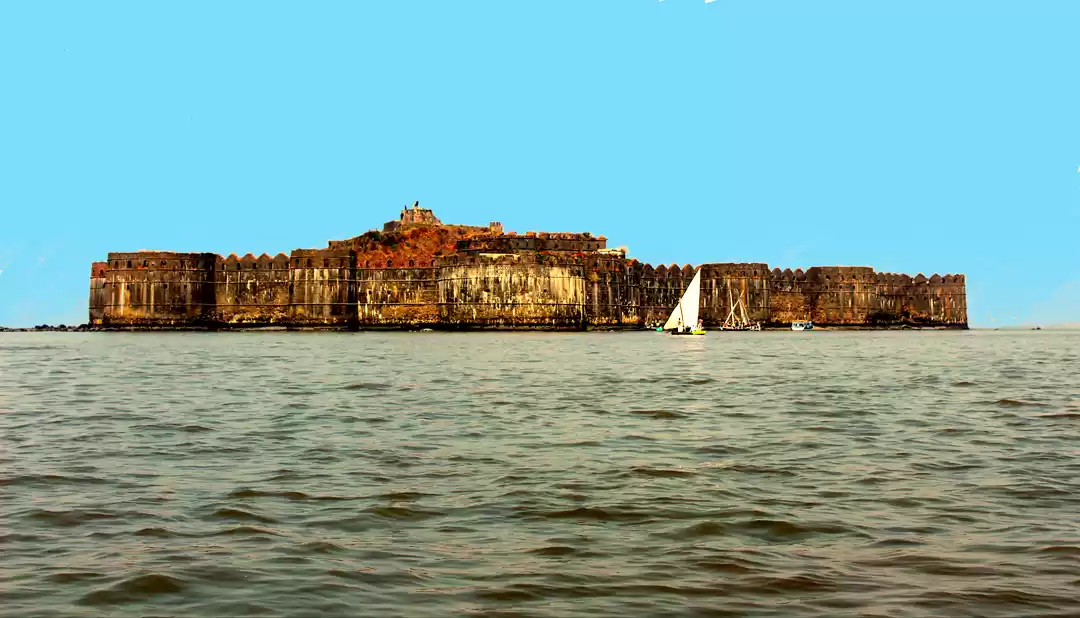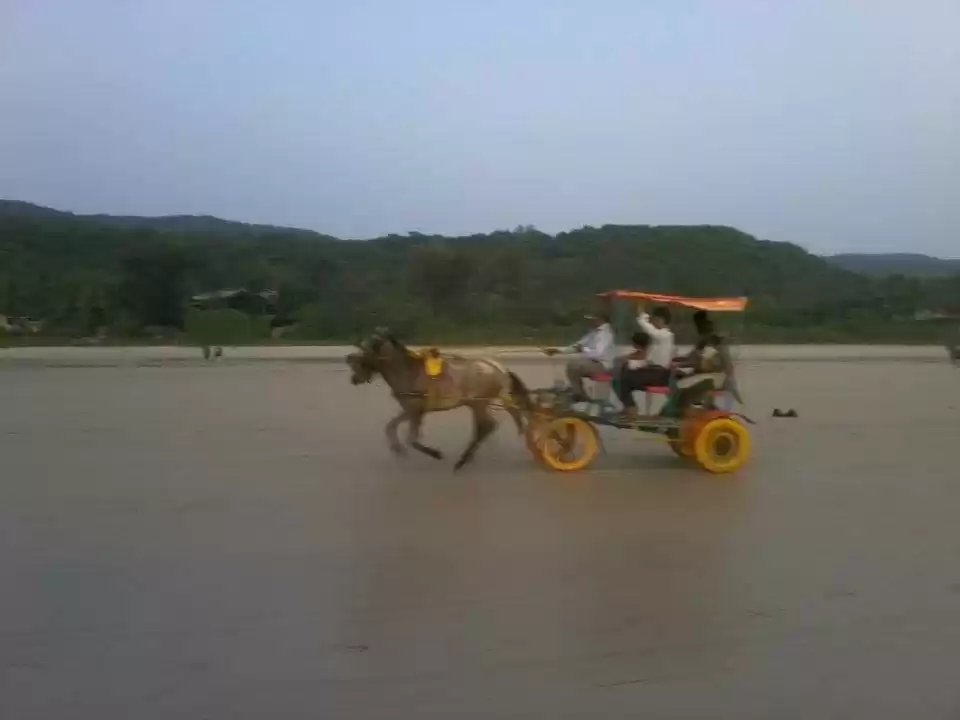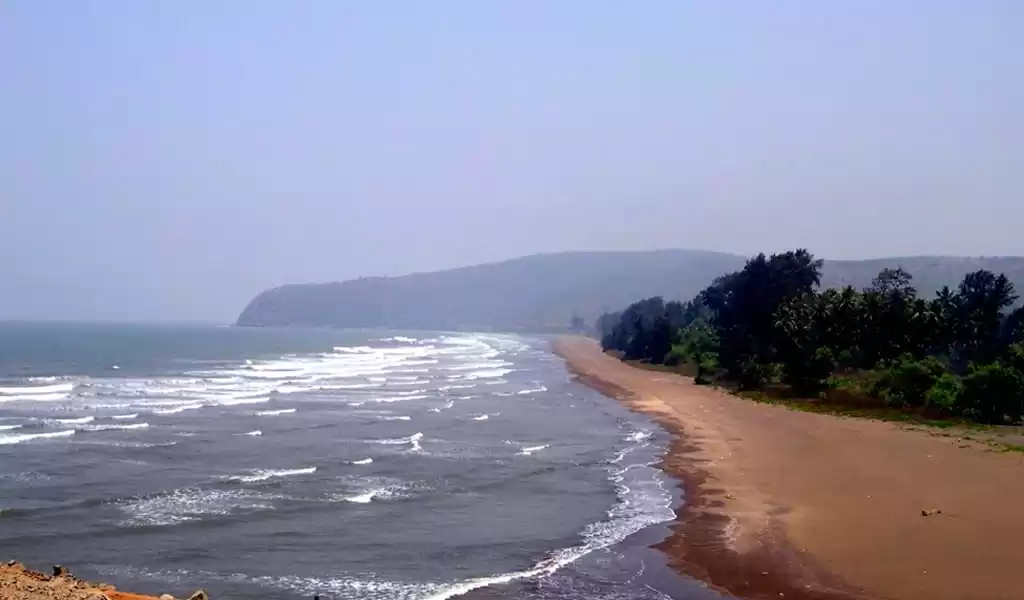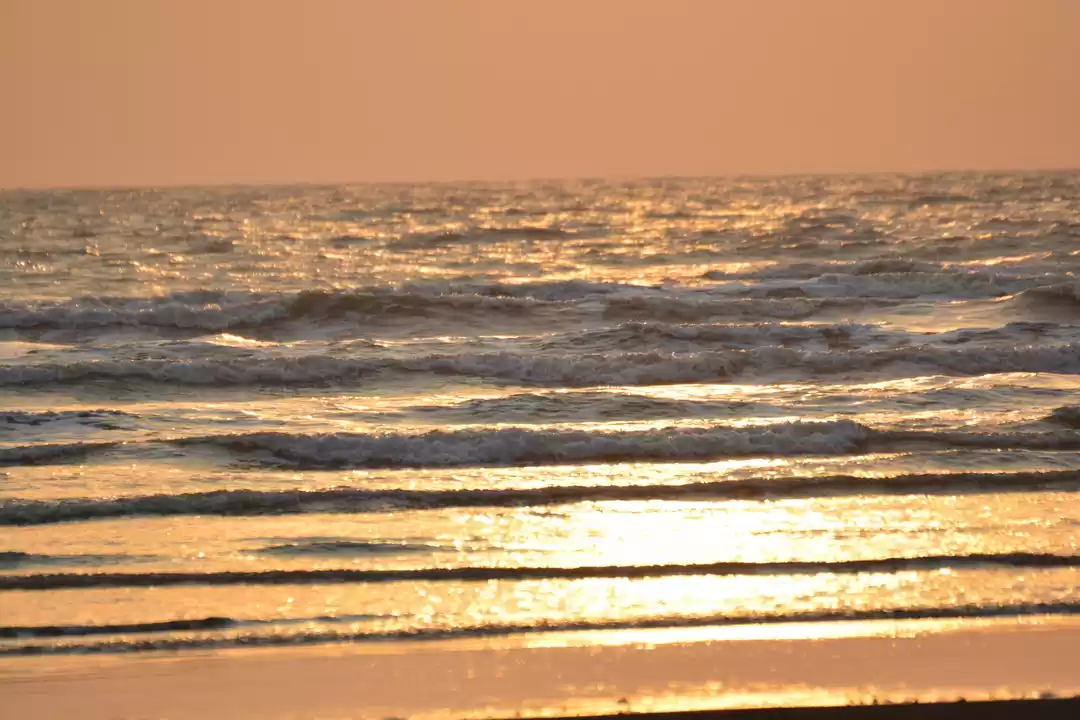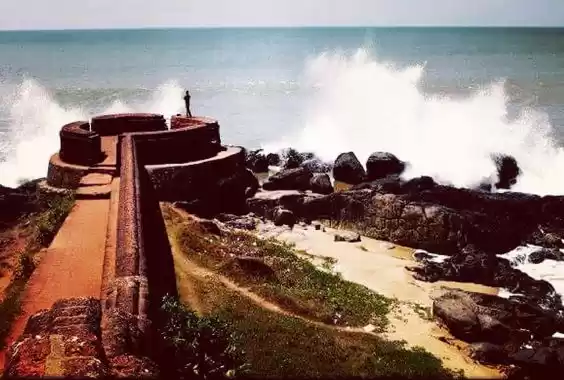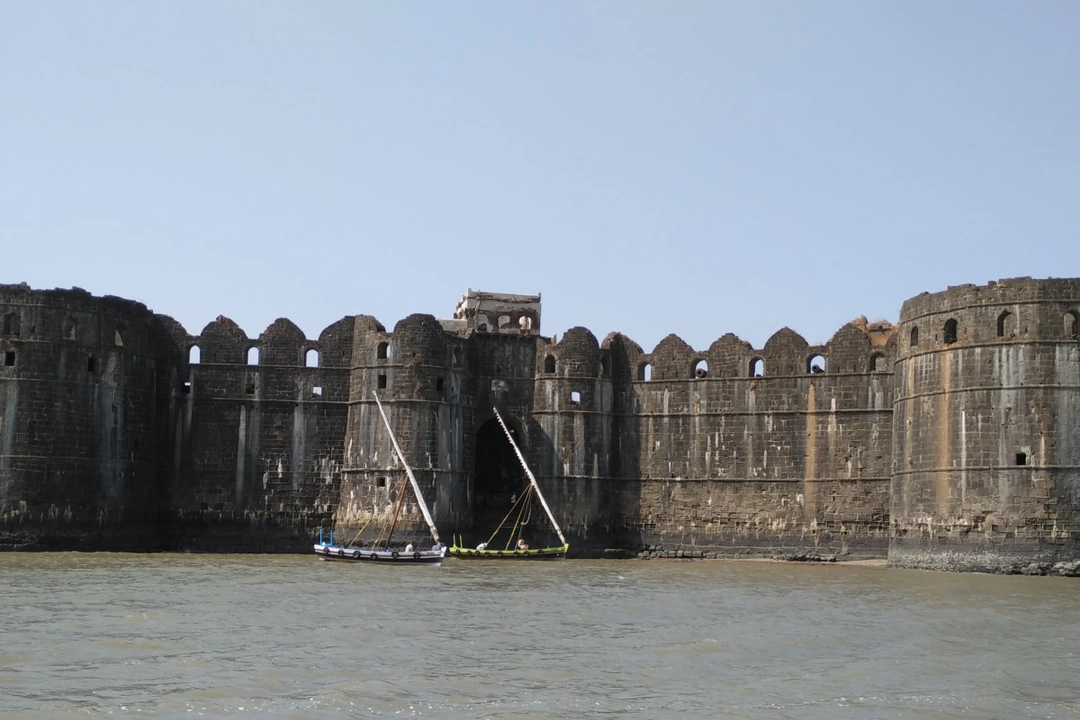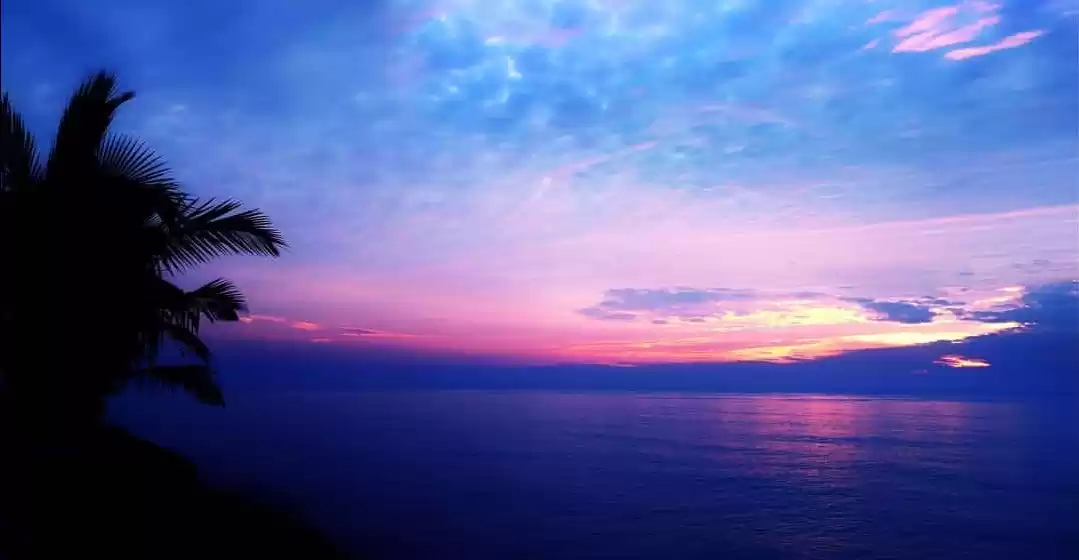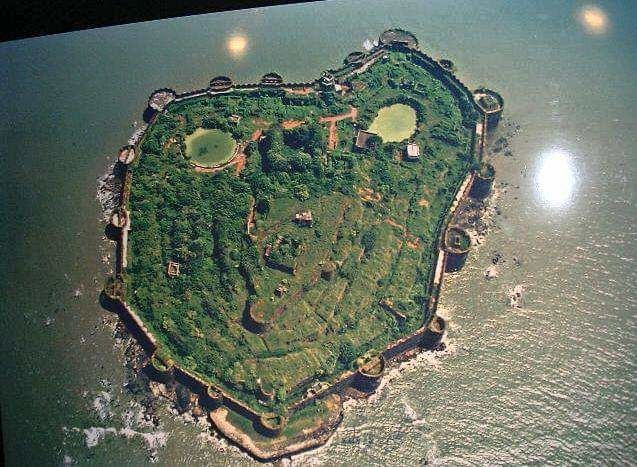
The gorgeous Konkan coast from Mumbai to Goa is lined with forts that have endured in their solid majesty for more than three centuries. The forts and fortifications built on the western Indian coast between the 14th and 17th centuries bear witness to the bloody conflicts between the Sultans of Bijapur, Golkonda, and Ahmednagar, the Nizam of Hyderabad, and the mighty Hindu kingdom of Vijayanagar.
Later, these forts were also the locations of battles between Indians and foreign powers, first the Portuguese, then the British and the French. The charismatic Maratha warrior-leader Shivaji, who effectively battled the strong Mughal Emperor Aurangzeb, is one name that sticks out. The majority of Shivaji's forts were built or restored in the interior or on top of hills. He only erected one fortification on the shore, that of Sindhudurga in Goa.
The Fort of Janjira on the sea is unique in its sort. Malik Ambar, an Abssinian minister in the service of the Sultan of Ahmednagar of the legendary Nizamshahi dynasty, built Janjira Jal-durg (sea fort). The fort, erected at the end of the 17th century, is still nearly totally intact today, despite the ravages of wind and sea, a testament to ancient technical marvels.
According to all sources, none of the monarchs commanding the nearby lands were able to seize the sea fort of Janjira. Surprisingly, despite 13 expeditions to seize the fort, not even Shivaji could obtain it. His son, Sambhaji, adopted a novel technique to capturing the fort: he dug an underwater tunnel to get access. However, he, too, failed in his quest. Not to be deterred, Sambhaji built another fort called Kansa just over the bay. The majority of the earth dug up to build the tunnel was utilised to construct this second fort, which would serve as the base for future attacks against the sea fort of Janjira. This fort was built over the course of 22 years on 22 acres of land.
Visitors can travel back in time by visiting the Janjira fort from Rajapuri, a little settlement on the coast. The main entrance to the fort can be reached after a short voyage in a small boat. The fort is oval in shape rather than oblong or square. The fort wall stands about 40 feet tall and contains 19 rounded porches or arches, some of which still have guns installed on them, including the famous 'Katlal Bhankari' cannon. These cannons were primarily responsible for deterring oncoming sea foes. The remnants of a mosque, a palace, and a bath with water channelled from streams tell the story of ancient times when royal ladies occupied the apartments. The deep well with cool and delicious water - a natural miracle in the midst of the saline sea - still offers water to quench the exhausted visitor's thirst.
Looking out over the sea from the ramparts of this majestic fort, one cannot help but notice its immense strength, which has weathered a number of invasions. This unconquerable fort remained unconquered till India gained independence from the British in 1947.
The Palace of the Nawab is another historical destination for history aficionados. The former Nawab of Janjira erected this opulent cliff-top residence, which enjoys a panoramic view of the Arabian Sea and the Janjira sea fort.
Then there are the Janjira Caves, and nature enthusiasts will like Murud, the state's former capital. Murud is a modest fishing community perched on a small hill with a breathtaking view of the coast and miles and miles of smooth silvery sand. Kashid and Nandgaon beaches, with their whispering casuarina, coconut, and betel palms, offer a welcome respite for city dwellers. In a nutshell, it's the ideal retreat.
How to Get There
Air: Nearest airport is Mumbai, 165 km away.
Rail: The nearest station is Roha on the Konkan railway.
Road: About five hours from Mumbai.
Where to stay: There are few private beach resorts and one Maharashtra Tourism Development Corporation holiday resort.
Photo Source:- https://m.facebook.com/TheJanjiraFort/photos/?ref=page_internal&mt_nav=0
